In modern industries and everyday applications, technology for lazer sensörleri has become essential for measuring distance with extreme precision. From inşaat sites to robotics, lazer mesafesi sensors are replacing traditional methods such as rulers, tapes, and ultrasonic sensors. This article explains the fundamentals of laser beams, the working principle of lazer mesafe ölçümü, and the unique advantages of technology for laser sensors, helping you understand why these devices are so widely adopted.
What is a Laser Beam?
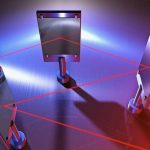
A laser beam is a highly focused, narrow light beam that is coherent and monochromatic. Because of these properties, technology for laser sensors olabilir utilize laser beams to travel long distances with minimal spreading, allowing accurate measurement over wide ranges. The stability and directionality of laser beams make them ideal for both industrial and consumer applications.
How Do Lasers Measure Distance?
The fundamental principle used in technology for laser sensors is time of flight (ToF):
- A laser beam is emitted toward a target object.
- The light reflects back to the sensor.
- The sensor measures the time taken for the beam to return.
- Using the constant speed of light, the sensor calculates distance:
Distance=(SpeedofLight×Time)÷2
Advanced modules may also use phase shift measurement or triangulation to enhance accuracy.
Advantages of Technology for Laser Sensors
- Yüksek Doğruluk
Technology for laser sensors can achieve millimeter-level precision, outperforming traditional tape measures or ultrasonic devices.
- Uzun Ölçüm Aralığı
Depending on the module, technology for laser sensors can measure distances from a few centimeters to hundreds of meters.
- Temassız Ölçüm
Laser-based sensors allow mesafe ölçümü without touching the object, which is crucial in hazardous or hard-to-reach environments.
- Speed and Efficiency
Measurements are near-instantaneous. Technology for laser sensors enables real-time monitoring for robotics, automation, and industrial systems.
- Integration Capability
Compact laser sensor modules can be embedded in industrial machines, dronlar, and smart devices, offering advanced functions like engellerden kaçınma, positioning, and mapping.
History and Development Trends
Over the past decades, technology for laser sensors has evolved from laboratory equipment to highly compact, energy-efficient modules. With advances in optics, microelectronics, and signal processing, technology for laser sensors now supports applications ranging from autonomous vehicles to smart home devices.
Types of Technology for Laser Sensors
There are several categories of technology for laser sensors:
- Uçuş Süresi (ToF) Sensors – ideal for robotics and long-range measurement.
- Triangulation Sensors – suitable for short-range, high-precision industrial tasks.
- Phase-Shift Sensors – often used in ölçme and mapping for improved accuracy.
Each type of technology for laser sensors is optimized for specific applications, demonstrating the versatility of lazer ölçümü teknoloji.
Comparing Laser Sensors with Other Technologies
Compared with ultrasonic or kızılötesi sensörler, technology for laser sensors delivers higher accuracy, faster response, and wider measurement range. While ultrasonic devices can be affected by noise or soft surfaces, technology for laser sensors maintains consistent results due to the stable nature of laser beams and the predictable speed of light.
Real-World Applications
Technology for laser sensors is widely applied in:
Scientific Research – telescopes and space missions for ultra-precise distance measurement.
İnşaat ve Ölçme – measuring building dimensions, land mapping, and alignment tasks.
Robotik ve Otomasyon – helping autonomous vehicles and AGVs navigate safely.
Lojistik & Warehousing – monitoring stock levels and object positioning.
Mining & Transportation – slope monitoring and collision avoidance.
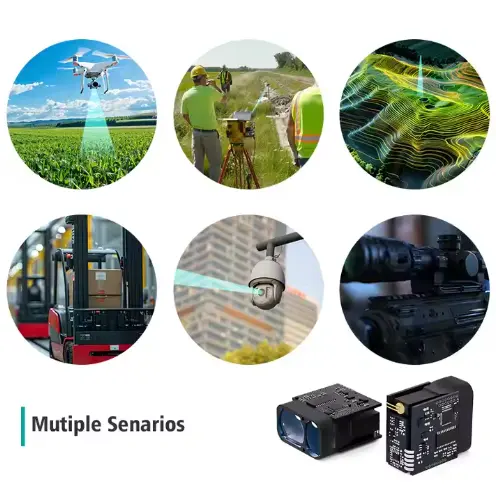

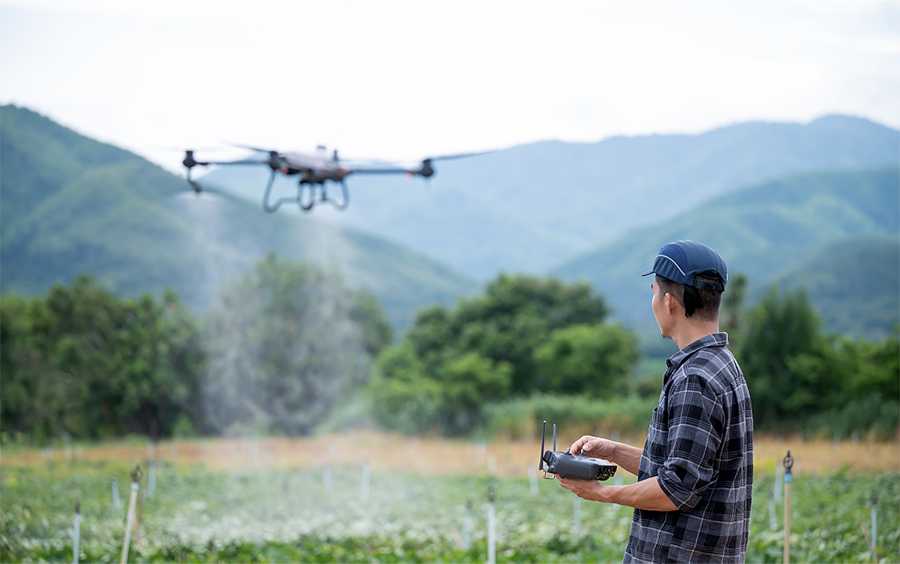
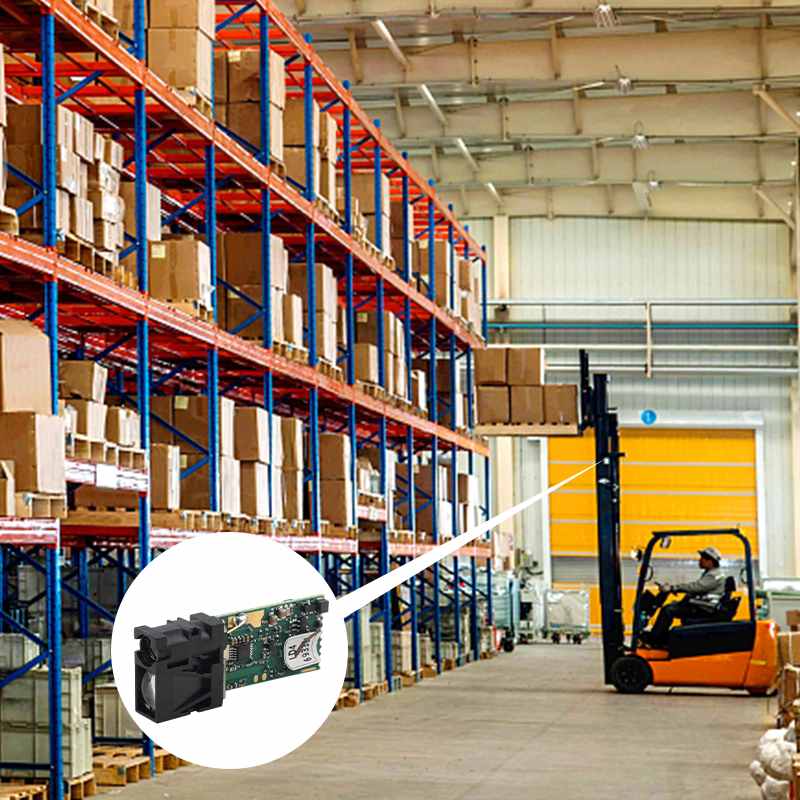
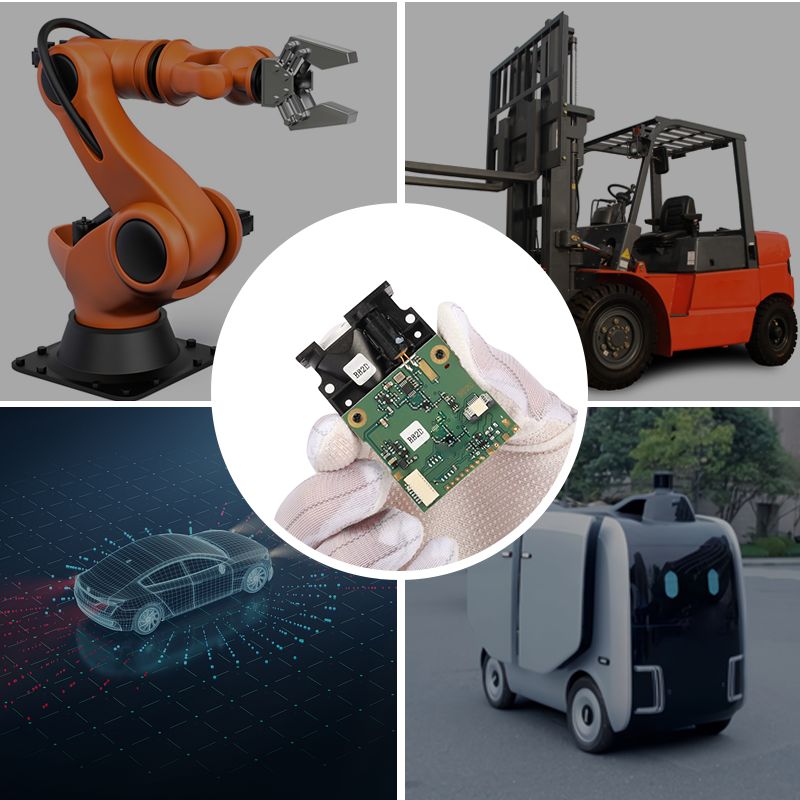
Future of Technology for Laser Sensors
The next generation of technology for laser sensors will integrate AI-based signal processing, higher baud rate communication, and miniaturized modules for IoT devices. These improvements will expand the applications of technology for laser sensors into smart cities, precision agriculture, healthcare, and beyond.
Technology for laser sensors has revolutionized distance measurement. With laser beams, real-time measurement capabilities, and wide-range accuracy, these sensors are essential in modern industry and consumer applications. Understanding the principles, advantages, and applications of technology for laser sensors helps businesses and users make informed choices for precise and reliable measurement solutions.
FAQ for Laser Distance Measurement
-
What is a laser beam and why is it used in distance measurement?
A laser beam is a highly focused, narrow beam of light. Because it is coherent, monochromatic, and stable, it can travel long distances without spreading out. This makes it ideal for precise distance measurement.
-
How does the speed of light affect laser distance sensors?
Lazer mesafe sensörleri rely on the constant speed of light (about 299,792 km/s). By calculating how long it takes a laser beam to travel to a target and back, the sensor can determine distance accurately.
-
What is the difference between laser light and normal light?
Normal light spreads in many directions and has multiple wavelengths. Laser light, on the other hand, is a single wavelength, coherent, and highly directional — properties that are crucial for accurate measurement.
-
What role does reflected light play in distance sensing?
The sensor measures the reflected light that bounces back from the target. The quality of this reflection affects accuracy. Smooth, reflective surfaces return stronger signals, while dark or rough surfaces can weaken the return signal.
-
What is a time of flight (ToF) sensor?
A ToF sensörü measures the time it takes for a laser pulse to travel to an object and back. It uses this “flight time” to calculate the distance. ToF is widely used in industrial sensors, smartphones, and robotics for precise tespit.
-
How does reflectivity influence laser measurement?
Reflectivity refers to how much light a surface reflects. A shiny white surface reflects most of the laser beam, ensuring accurate measurement. In contrast, dark or absorbent surfaces (low reflectivity) may reduce accuracy or require higher sensor sensitivity.
-
What does baud rate mean in a laser sensor?
Baud rate is the speed at which data is transmitted from the sensor to a controller or computer, measured in bits per second (bps). A higher baud rate allows faster communication, which is essential for real-time applications like robotics or automation.
-
Can laser distance sensors work in all environments?
Performance depends on factors like surface reflectivity, ambient light, and range. High reflectivity improves accuracy, while extreme sunlight or very dark materials may require more advanced sensor modules with filtering or higher output power.